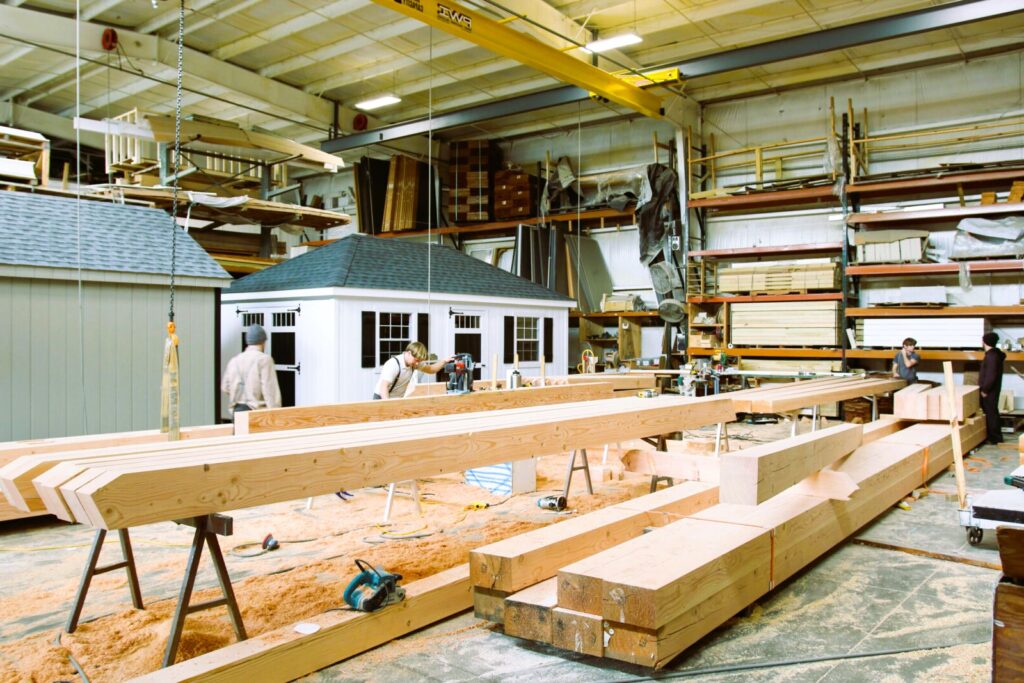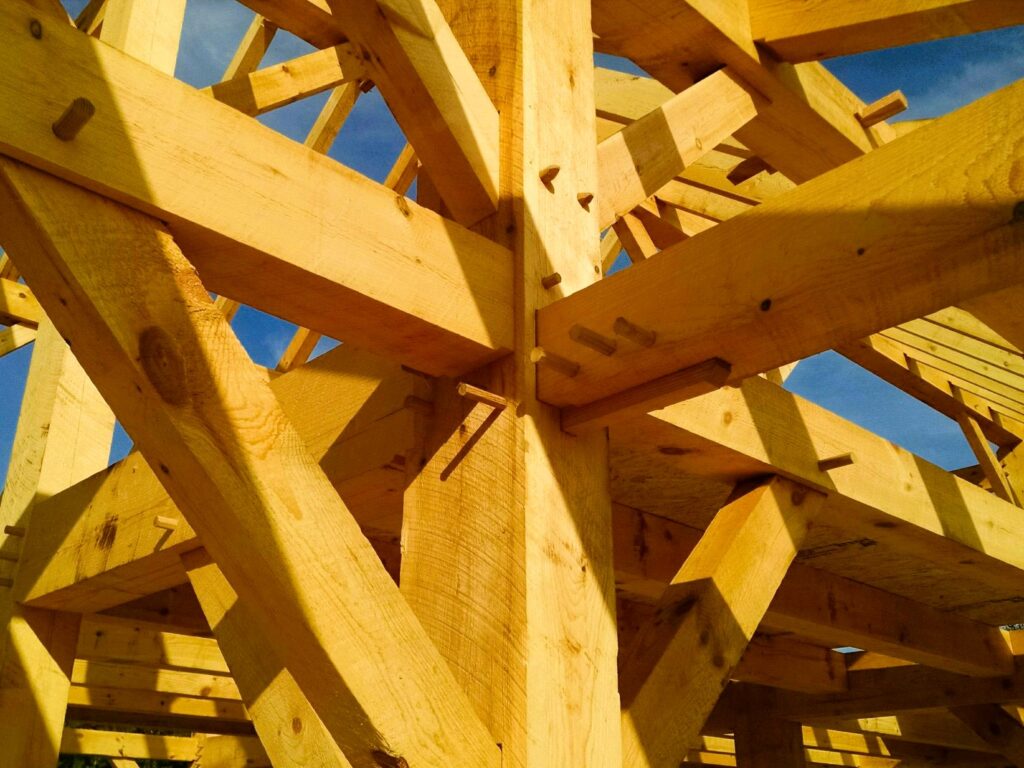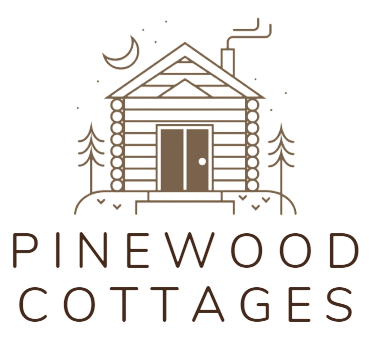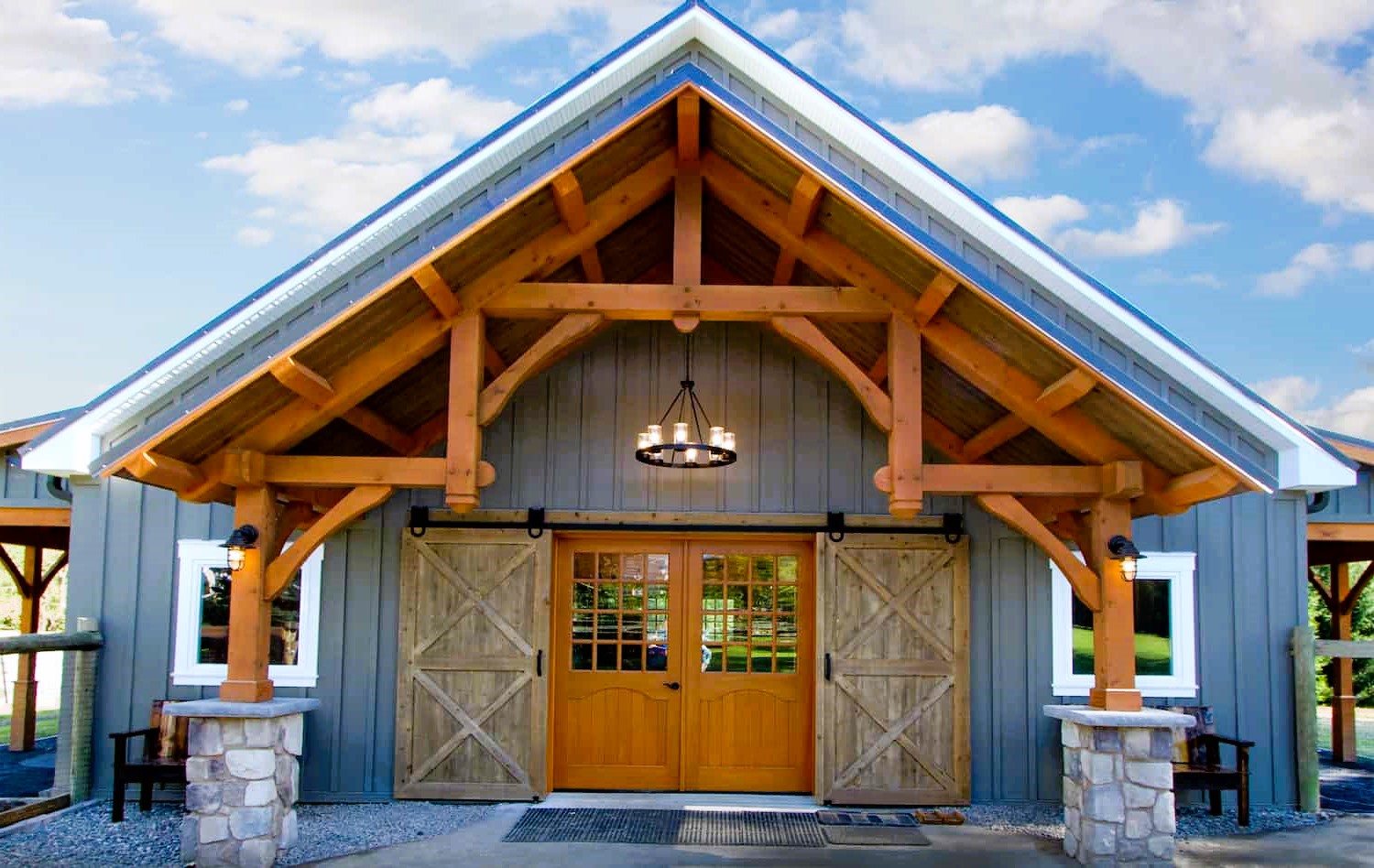When it comes to cottage construction, few methods are as timeless and enduring as timber framing. This age-old technique, rooted in tradition and craftsmanship, has been used for centuries to create sturdy and beautiful cottages that stand the test of time. In this article, we’ll delve into the art of timber framing, exploring its history, principles, and enduring appeal in the context of cottage construction.
The Rich History of Timber Framing
Timber framing has a rich and storied history, dating back to ancient civilizations. Its roots can be traced to the timber-framed structures of ancient Rome and China. However, it was in medieval Europe that timber framing truly flourished. The craft of joining large wooden beams together using mortise-and-tenon and dovetail joints reached its zenith during the Middle Ages.
In North America, timber framing was brought by European settlers, where it found a new home in the wilderness. Early American settlers used timber framing to build barns, houses, and cottages, often using locally sourced timber.
The Principles of Timber Framing

At its core, timber framing is a method of creating a building’s framework using wooden timbers, which are meticulously crafted and joined together without the use of nails or screws. Instead, traditional joinery techniques like mortise-and-tenon and dovetail joints are employed. These joints fit snugly and securely, forming a robust and durable structure. Off-Grid Living: Building a Self-Sufficient Cottage.
The principles of timber framing include:
- Craftsmanship: Timber framing is a labor-intensive craft that requires skilled artisans. Craftsmen carefully shape and join the timber components to create a strong and stable frame.
- Wood Selection: The choice of wood is crucial. Timber framers select dense, durable hardwoods like oak, maple, or Douglas fir for structural elements. These woods are known for their strength and resistance to decay.
- Joinery: The heart of timber framing lies in the intricate joinery that connects the timbers. Mortise-and-tenon joints, dovetail joints, and scarf joints are among the techniques used to create these connections.
- Load-Bearing Design: Timber frames are designed to distribute the load of the structure evenly, making them highly stable and capable of withstanding significant weight.
- Traditional Tools: Timber framers often use traditional hand tools, such as chisels, mallets, and hand saws, to shape and craft the timbers.
Advantages of Timber Framing in Cottage Construction
Timber framing offers numerous advantages in the context of cottage construction:
- Durability: Timber-framed cottages have a proven track record of longevity, often lasting for generations.
- Aesthetic Appeal: The exposed wooden beams and joinery in timber-framed cottages create a rustic and charming interior that many find visually appealing.
- Energy Efficiency: Timber has natural insulating properties, making timber-framed cottages energy-efficient.
- Customization: Timber framing allows for flexible and customizable designs, accommodating various cottage layouts and architectural styles.
- Low Maintenance: Once constructed, timber-framed cottages require minimal maintenance, reducing long-term costs.
Modern Applications and Adaptations
While the principles of timber framing remain largely unchanged, modern technology has introduced new tools and techniques that streamline the process. Timber framers now use power tools for cutting and shaping timber, and computer-aided design (CAD) software assists in creating precise joinery plans.

Moreover, timber framing has found a place in contemporary cottage construction. Many cottage owners seek the timeless charm and structural integrity that timber framing offers. They often combine traditional timber framing with modern amenities and materials to create cottages that balance tradition and innovation.
Exploring Canadian Timber Framing Standards
Canada, with its vast forests and rich history of timber use, is a hub for timber framing. The country has well-established standards and regulations for timber framing that ensure structural integrity and safety. For comprehensive information on timber framing standards in Canada, you can refer to the official website of the Government of Canada.
Additionally, Wikipedia’s article on Timber Framing provides an in-depth overview of the history, techniques, and cultural significance of timber framing.
In conclusion, the art of timber framing continues to thrive in the world of cottage construction. Its enduring appeal lies in the combination of tradition, craftsmanship, and durability. Whether you’re building a new cottage or renovating an existing one, timber framing offers a timeless and elegant solution that can turn your cottage into a lasting legacy for generations to come.

